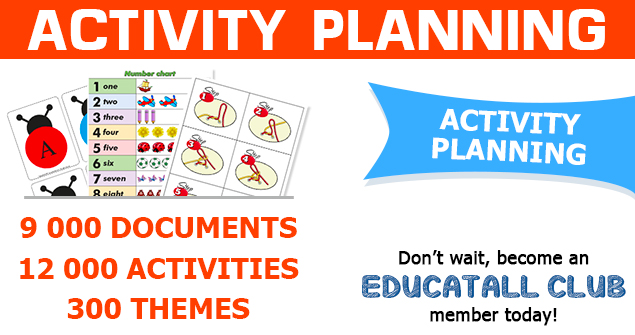Simple Drawing of a Stick Man Understanding Something
Should we teach children to draw stick men?
The stick men children draw are a good indication of how they perceive their body. Children begin to show an interest in drawing stick men at a young age and progressively improve their ability to do so as they become more aware of their body parts and how they work together.
Around 12-15 months of age, when children begin pretend play, they demonstrate how they are capable of creating representations. Henceforth, by observing their own body in front of a mirror (or the body of others) and through various sensorimotor experiences, they can associate different sensations with a growing awareness of their body. They are developing their body map, a representation of their body.
Children who have no particular fine motor skill difficulties or problems organizing their ideas usually show an interest in sharing how they see the world and their body on paper at a very young age. Their first sketch, around 2 ½ years of age, will look much like a tadpole. However, this image will progressively evolve towards a more complete representation around the age of 5 years old. The development of a repertoire that will grow to include human and fantasy-like representations with moving parts and in various positions will continue until fifth grade.
A child who experiences difficulty when asked to draw himself is not necessarily telling us that he needs to be taught how to draw. In fact, he may require help to feel and/or understand his body.
Activities for improving body perception
To stimulate a child's body perception, activities involving impact/contact, movement, and tactile stimulation are rich in sensations that can be helpful. Here are a few examples:
- All playground activities.
- Regular or contour (ex. rolling a ball around the contour of a child's body) massages while naming corresponding body parts.
- Letting children "paint" their own body or another child's body with a paintbrush dipped in water and naming the corresponding body parts.
- Rolling on the ground like a log, particularly down a small hill.
- Slithering like a snake.
- Sliding tight-fitting clothing items onto their body.
- Somersaults and the "wheelbarrow walk" with a partner.
- Performing handstands (children rest on their hands with their feet up against a wall or held by a partner). While in position, encourage children to think of their feet, their stomach, etc.
- Going up and down stairs slowly, hopping from one step to the next with both feet together (supervision required).
- Yoga for children.
Activities for improving children's understanding of their body
- Playing doctor.
- Puzzles involving body parts that must be assembled (cut pictures of people out of magazines, cut them into pieces, and have children put them back together). Gradually increase the number of pieces.
- Using modeling dough, shapes, Popsicle sticks, spaghetti, etc. to represent people or characters.
- Songs & rhymes that explore body parts.
- Practice dressing dolls.
- Costumes and accessories.
- Have children sort pictures of monsters into two categories: those whose body parts are in the right place and those who are atypical.
- Have children lie down on a large piece of paper and draw around the contour of their body. Encourage them to color their silhouette and draw the details they see in the mirror (eyes, nose, mouth, belly button, etc.).
Regularly practicing these types of activities will help children become more aware of their body. This increased awareness should be reflected in their drawings. It can also be interesting to draw stick men in front of children. You can, for example, draw stick men to represent various actions they perform on a regular basis (ex. a child placing clothing items inside a laundry basket) or draw characters to represent your emotions or children's emotions. By adding playful details to your drawings, you can promote children's awareness of their body and motivate them to be open to instructions and willing to express their emotions. Eventually, children will develop the desire to add facial expressions or missing body parts to your drawings as well as color them.
When children experience difficulty drawing, question them about the concept as opposed to the missing body part. For example, if a child forgot to include ears, ask him how the character listens to music instead of suggesting he add ears to his drawing.
Displaying children's drawings remains an excellent way of highlighting their efforts and developing a love of drawing.
It can be interesting to contemplate the evolution of the stick men drawn by children. For this reason, encourage them to draw themselves on a monthly basis (or other interval of your choice).
The way children draw stick men or characters is, to a certain extent, a reflection of their level of body awareness. However, there is no need to worry if a child is unable to draw himself according to the expectations associated with his age. Keep in mind that all children develop at their own pace. However, if a child also presents significant functional difficulties and particularities, consulting a healthcare professional may be prudent.
Have fun!
Josiane Caron Santha
Occupational therapist

Simple Drawing of a Stick Man Understanding Something
Source: https://www.educatall.com/page/1039/Should-we-teach-children-to-draw-stick-men-.html
0 Response to "Simple Drawing of a Stick Man Understanding Something"
Post a Comment